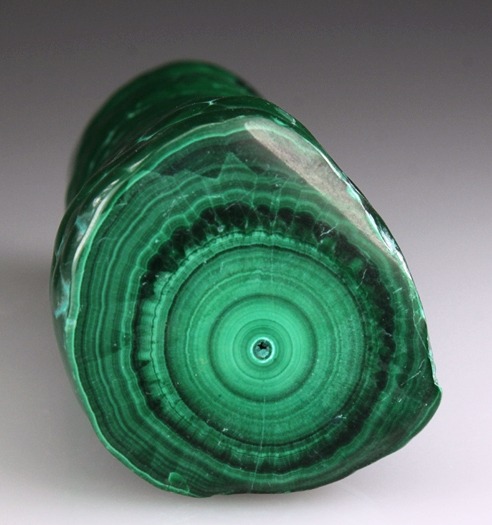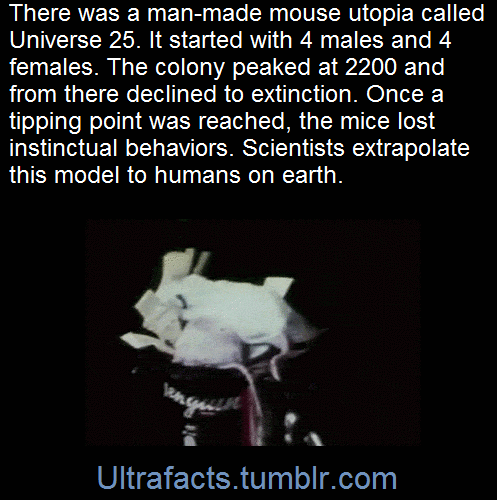Photo


The animations above show a little of what happens when you pour a spoonful of liquid nitrogen onto a container of gasoline. A couple of things are happening simultaneously here. First of all, the liquid nitrogen is experiencing the Leidenfrost effect. Because of the extreme difference in temperature between the gasoline (~20 degrees C) and the liquid nitrogen (-196 degrees C), part of the nitrogen is evaporating immediately, creating a vapor layer that insulates the remainder of the liquid nitrogen and allows it to float above the gasoline surface. The same thing happens to water drops on a very hot skillet.
The extreme cold of the nitrogen also seems to have formed some ice that’s further protecting the nitrogen drop. I’m not 100% sure what that would be made of, though – a mixture of water and gasoline?
Finally, there’s the simultaneous evaporation of the liquid nitrogen and the sublimation of the ice. This is the white vapor we see propelling and spinning the ice/drop. Note the “bounce” that happens in the top animation. The drop never actually impacts the wall. When it gets close, the escaping vapors are affected by the wall and start pushing the drop in a new direction! Check out the whole video below. (Image credit: carsandwater; via Gizmodo)
youtube
1K notes
·
View notes
Text
Places where reality is a bit altered:
• any target • churches in texas • abandoned 7/11’s • your bedroom at 5 am • hospitals at midnight • warehouses that smell like dust • lighthouses with lights that don’t work anymore • empty parking lots • ponds and lakes in suburban neighborhoods • rooftops in the early morning • inside a dark cabinet
1M notes
·
View notes
Photo

The moon has moonquakes. On Earth, quakes last up to about 2 minutes because water expands the structures of different materials, which act like a spongy cushion. Because the moon is so dry, quakes keep going and going; vibrating just like a tuning fork. Source
9K notes
·
View notes
Video
instagram
Basketball superstar 🏀 #Teka #sun conure #conure #parrot #bird
2K notes
·
View notes
Photo



It is called Er Wang Dong, located in the Wulong Karst region, in Wulong County of Chongqing, China.
Source+more pics and info
For more facts, Follow Ultrafacts
75K notes
·
View notes
Photo

In 1986, a cave was unearthed in Romania that had been isolated from the rest of the world for over 5 million years. Movile Cave’s atmosphere is just 10% oxygen and has no discernible food source, but 48 species live there, including 33 that exist nowhere else in the world. Source
5K notes
·
View notes
Photo



Polished Malachite Stalactite - Copper Crescent, Congo
475K notes
·
View notes
Photo


NASA just saw something come out of a black hole for the first time ever!
You don’t have to know a whole lot about science to know that black holes typically suck things in, not spew things out. But NASA just spotted something mighty strange at the supermassive black hole Markarian 335.
Two of NASA’s space telescopes, including the Nuclear Spectroscopic Telescope Array (NuSTAR), miraculously observed a black hole’s corona “launched” away from the supermassive black hole. Then a massive pulse of X-ray energy spewed out. So, what exactly happened? That’s what scientists are trying to figure out now.
“This is the first time we have been able to link the launching of the corona to a flare,” Dan Wilkins, of Saint Mary’s University, said. “This will help us understand how supermassive black holes power some of the brightest objects in the universe.”
NuSTAR’s principal investigator, Fiona Harrison, noted that the nature of the energetic source is “mysterious,” but added that the ability to actually record the event should provide some clues about the black hole’s size and structure, along with (hopefully) some fresh intel on how black holes function. Luckily for us, this black hole is still 324 million light-years away.
So, no matter what strange things it’s doing, it shouldn’t have any effect on our corner of the universe.
Source
88K notes
·
View notes
Photo

Its pretty incredible how accurate the science of astrophysics has gotten. New Horizons actually arrived 72 seconds early after travelling for almost 10 years straight to its destination.
87K notes
·
View notes
Video
tumblr
WATCH: This massive Mola Mola fish was captured on video by Portuguese diver Miguel Pereira near Santa Maria Island in Azores, Portugal.
86K notes
·
View notes
Photo

Scientists may have discovered a new ninth planet
This may fill the Pluto-sized hole in your heart.
736 notes
·
View notes
Photo



Squidworm
This is a species of acrocirrid polychaete worm. It was seen in ROV footage at over 2500 m depth in the Indian Ocean. It is a species from the genus Teuthidodrilus.
10K notes
·
View notes
Video
tumblr
SCIENTISTS JUST CONFIRMED THAT WE FOUND GRAVITATIONAL WAVES!
Welcome to a new age in physics…
17K notes
·
View notes
Video
wait does this mean that time will eventually speed up and slow down for humans? has it already happened? if not is it percievable?
tumblr
LIGO detected gravitational waves! Here’s how it proves Einstein was right!
53K notes
·
View notes
Photo

When potassium permanganate is added to hydrogen peroxide, oxygen is released, which will relight a glowing splint again and again.
Watch the full lecture, The Magic of Chemistry with Andrew Szydlo.
209 notes
·
View notes
Photo

Lone females retreated to isolated nesting boxes on penthouse levels. Other males, a group Calhoun termed “the beautiful ones,” never sought sex and never fought—they just ate, slept, and groomed, wrapped in narcissistic introspection. Elsewhere, cannibalism, and violence became endemic. Mouse society had collapsed.
(Fact Source/more info)
For more facts, follow Ultrafacts
29K notes
·
View notes
Photo

Lone females retreated to isolated nesting boxes on penthouse levels. Other males, a group Calhoun termed “the beautiful ones,” never sought sex and never fought—they just ate, slept, and groomed, wrapped in narcissistic introspection. Elsewhere, cannibalism, and violence became endemic. Mouse society had collapsed.
(Fact Source/more info)
For more facts, follow Ultrafacts
29K notes
·
View notes